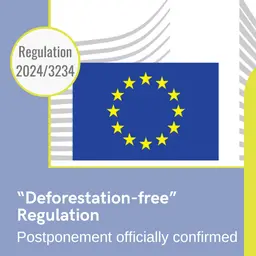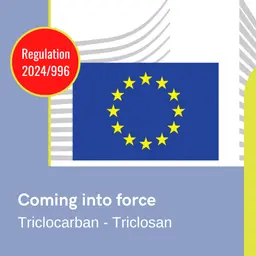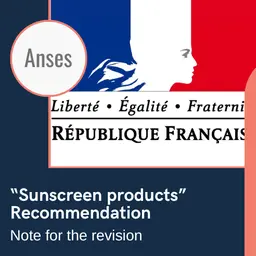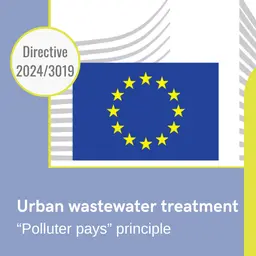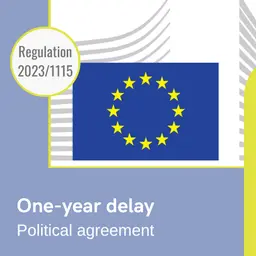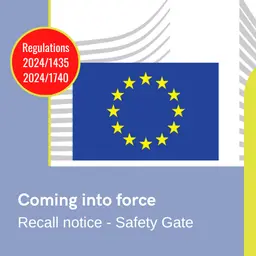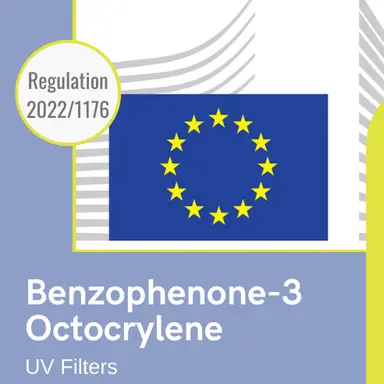
Regulation 2022/1176 of 7 July 2022, published in the Official Journal of the European Union on 8 July, amends Annex VI (authorised UV filters) to Cosmetics Regulation 1223/2009. It provides for new concentration limits for Benzophenone-3 and Octocrylene, to be respected from 28 January 2023.
The “Whereas” of Regulation 2022/1176
(1) The substances 2-Hydroxy-4-methoxybenzophenone/Oxybenzone (CAS No.131-57-7), which has been assigned the name Benzophenone-3 under the International Nomenclature of Cosmetic Ingredients (INCI), and 2-Cyano-3,3-diphenyl acrylic acid, 2-ethylhexyl ester/Octocrylene (CAS No.6197-30-4), which has been assigned the name Octocrylene under the INCI, are currently allowed as UV filters in cosmetic products and listed in entries 4 and 10, respectively, of Annex VI to Regulation (EC) No.1223/2009.
(2) In light of concerns related to potential endocrine disrupting properties of Benzophenone-3 and Octocrylene, when used as UV filters in cosmetic products, a call for data was launched in 2019. Stakeholders submitted scientific evidence to demonstrate the safety of Benzophenone-3 and Octocrylene as UV filters in cosmetic products. The Commission requested the Scientific Committee for Consumer Safety (SCCS) to carry out a safety assessment of both substances in view of the information provided.
(3) Based on the safety assessment and considering the concerns related to potential endocrine disrupting properties of Benzophenone-3, the SCCS concluded in its Opinion of 30-31 March 2021 that Benzophenone-3 is not safe for the consumer when used as a UV filter up to the current maximum concentration of 6% in sunscreen products, either in the form of …





